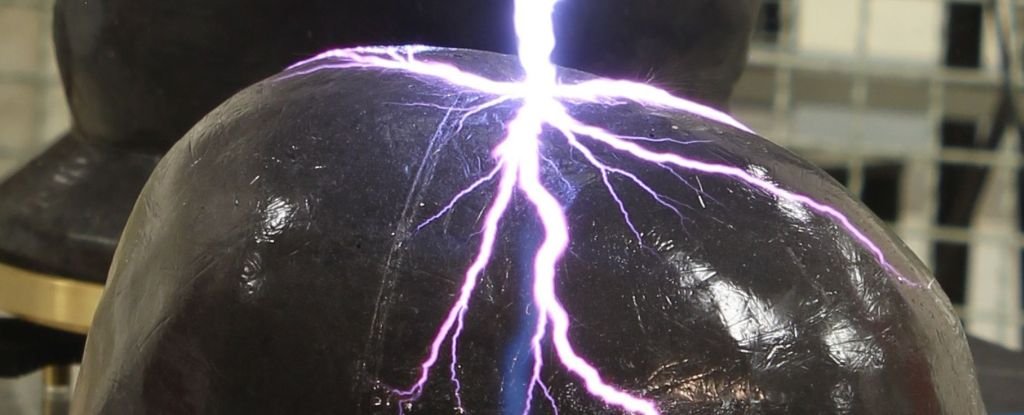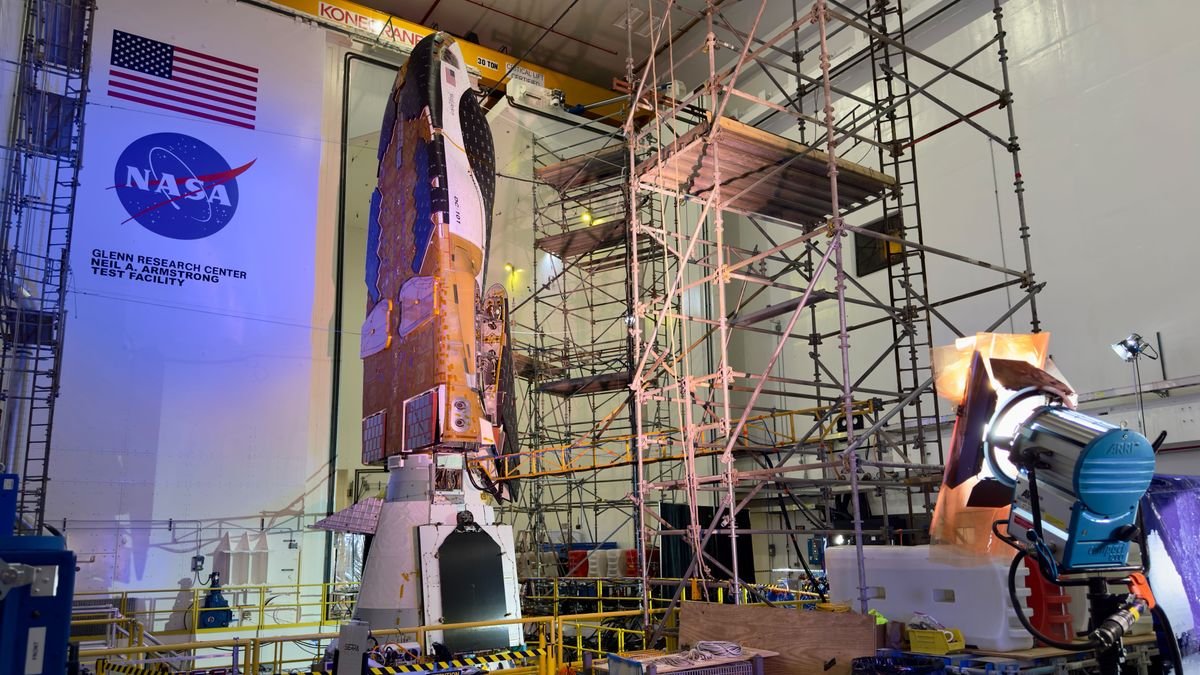Hopefully you’re already aware of the basic safety precautions required when it comes to fireworks – but what you might not know is the accompanying increase in air pollution that goes along with the loud bangs, pops, and fizzes, as outlined in a new study.
The team behind a new study led by researchers from Brigham Young University (BYU) in the US found fireworks were among the three largest contributors to particulate pollution in the Wasatch Front region in Utah.
Most concerning were the PM2.5 pollutants. Under 2.5 microns across – a fraction of the width of a human hair – their small size makes them particularly dangerous because of the ease with which they can be inhaled.
The samples, taken across the years 2019 to 2021, were analyzed for metal traces to identify the sources of pollution. High levels of barium and copper were discovered from fireworks, as well as arsenic, cadmium, lead, and thallium from winter inversions, where a shift in air temperature traps pollutants.

“We know we’re breathing in these particles that are unhealthy during firework events, dust storms, or winter inversions,” says geologist Greg Carling, from BYU.
“But what’s actually in the particulate matter? No one really knew before this study.”
Alongside fireworks, mineral dust and urban pollution were identified as the other two main pollutants in this part of Utah. Any fireworks that produce smoke or color significantly add to the problem, the researchers say.
Peaks in pollution from metals in particulate matter were observed in January and July, the latter most probably because of the Independence Day fireworks events. In fact, fireworks are banned in the region due to their fire risk, except for two dates in July and on New Year’s Eve.
While it’s difficult to precisely quantify the health risks resulting from fireworks and air pollution, it’s certainly not good. Air pollution has previously been linked to issues like asthma, pneumonia, and cardiovascular disease.
“Metals are really good at moving around from the atmosphere into the soil, into the water and into our food,” says Carling. “And they’re persistent, meaning that they don’t really go away – they just keep cycling through the system.”
There’s no doubt that the chemistry behind fireworks is on a genius level, but these markers of celebration also need to be considered in terms of the damage they’re potentially doing to the environment as well.
The researchers are calling for Utahns to forgo personal firework shows and stick to the municipal gatherings, and to avoid being outdoors during pollution peaks. They’d also like to raise awareness of the potential dangers at the government level.
“It’s great when research leads toward legislation that can help improve things,” says Carling. “Sometimes it’s just a paper that gets published and a few scientists read it. But other times, it gets picked up and used to create real solutions.”
The research has been published in Applied Geochemistry.










